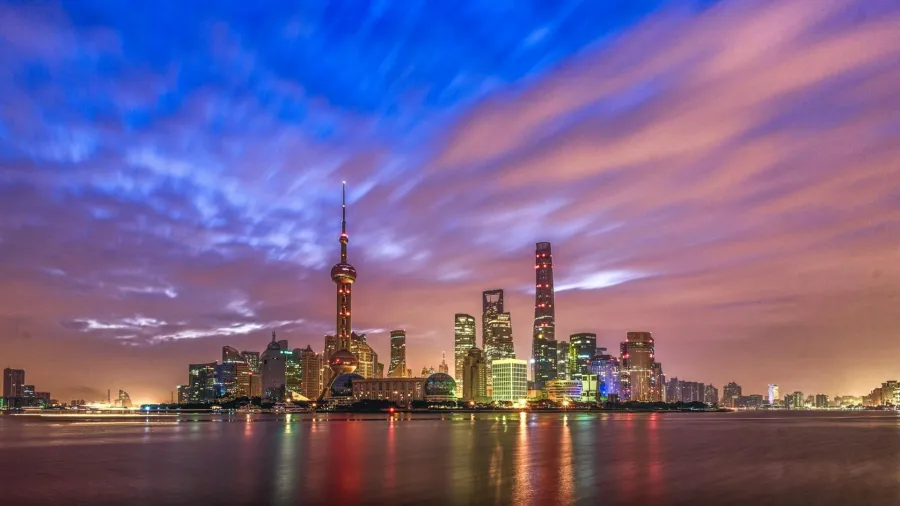
Visa-free access drives retail sales surge in Shanghai
Easier access has led to longer stays and more shopping.
China’s visa-free entry and tax refund reforms are driving a sharp rise in international arrivals and retail spending in Shanghai, according to Savills.
Since December 2023, China has allowed visa-free entry for citizens of 43 countries and extended visa-free transit to 240 hours for 54 countries. The result: 2.6 million international arrivals in Shanghai in the first four months of 2025, up 37.1% year-on-year. The city surpassed pre-COVID tourism levels in both December 2024 and April 2025.
Easier access has led to longer stays and more shopping. Shanghai’s developed infrastructure, affordable flights, and cultural appeal have made it a top destination for short-term leisure and business travel.
In April, the government lowered the minimum tax refund threshold to $28 (RMB200), doubled the annual cap to $2,785 (RMB20,000), and expanded coverage to more stores and malls. Tourists can now get an immediate 11% refund across 3,300 tax refund stores, including over 20 major malls on East and West Nanjing Road, Xujiahui, and Zhuyuan.
The changes paid off. Inbound tourist spending during the 2025 Labour Day holiday hit $63.39m (RMB455m), up 211.6% year-on-year.
Retailers are responding with high-quality, immersive experiences to meet growing demand. Chinese brands are also benefiting, as visitors increasingly shop for fashion, designer bags, IP-driven toys, and food.
South Korea, Japan, and Thailand were Shanghai’s top three inbound markets in Q1 2025, led by tourists from Thailand (+242.75%), South Korea (+142.37%), and Indonesia (+118.51%). Many are younger travellers—40% of all inbound tourists were aged 20–35, according to Mastercard.
These “digital natives” heavily rely on social media throughout their shopping journey, making online-to-offline conversion increasingly critical for brands.
Brands like SHUSHU/TONG and Songmont now report that about half their customers are international tourists. Pop Mart and Miniso continue to gain traction through trendy IP collaborations and social media-driven retail.
Restaurants like Haidilao and Long Time Ago are seeing more foreign customers than locals at peak times. Many now offer multilingual menus or AI translation tools to improve service.
Food is central to the travel experience—and how tourists rate Shanghai overall.
Despite the positive momentum, consumer sentiment remains cautious amid macroeconomic uncertainty. Value-for-money remains a top priority.
However, new and emerging brands continue to energise the market, particularly in sectors like outdoor apparel, pet services, and international bistros.
Themed malls—focusing on ACG (anime, comics, games) culture or immersive exhibitions—are gaining traction by targeting niche audiences.
Major upcoming attractions, including Lego and Harry Potter theme parks, are expected to further elevate Shanghai’s profile and stimulate cross-sector consumption across retail, hospitality, and tourism.

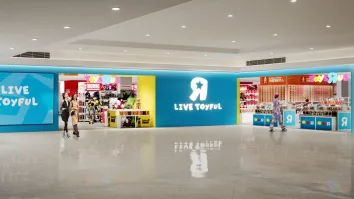
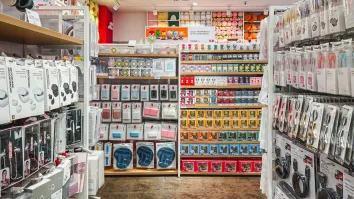
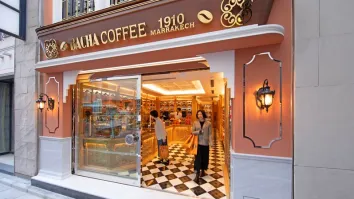






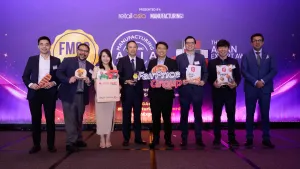



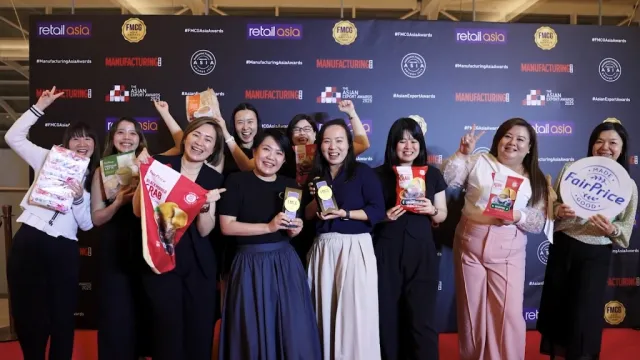

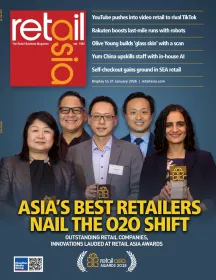
 Advertise
Advertise








